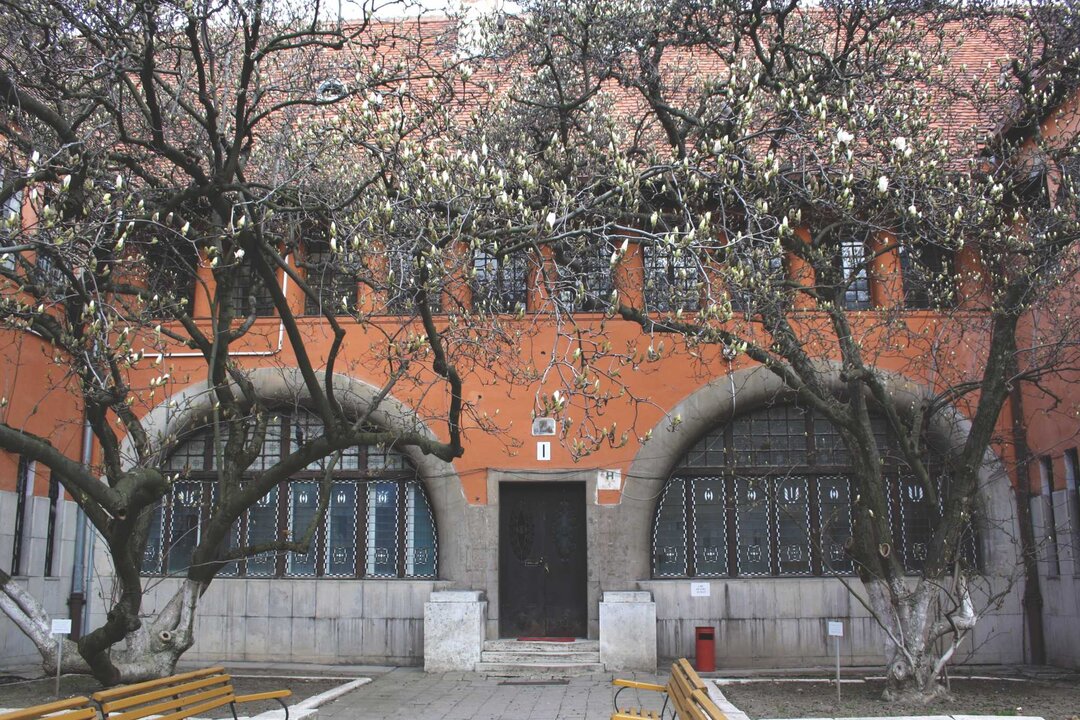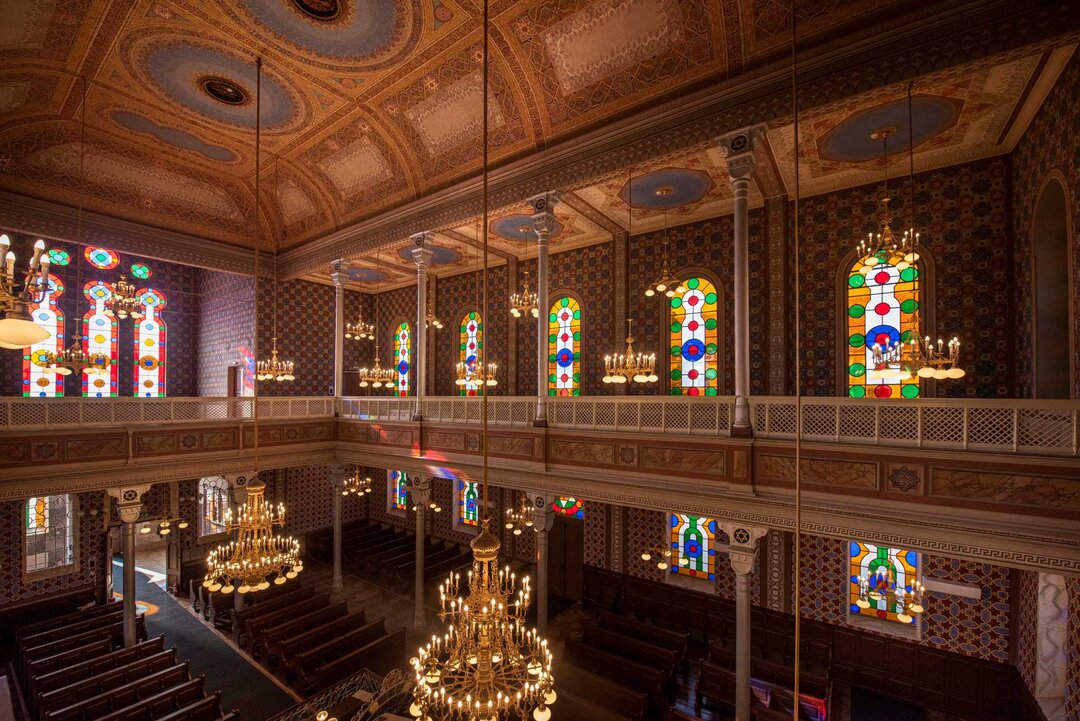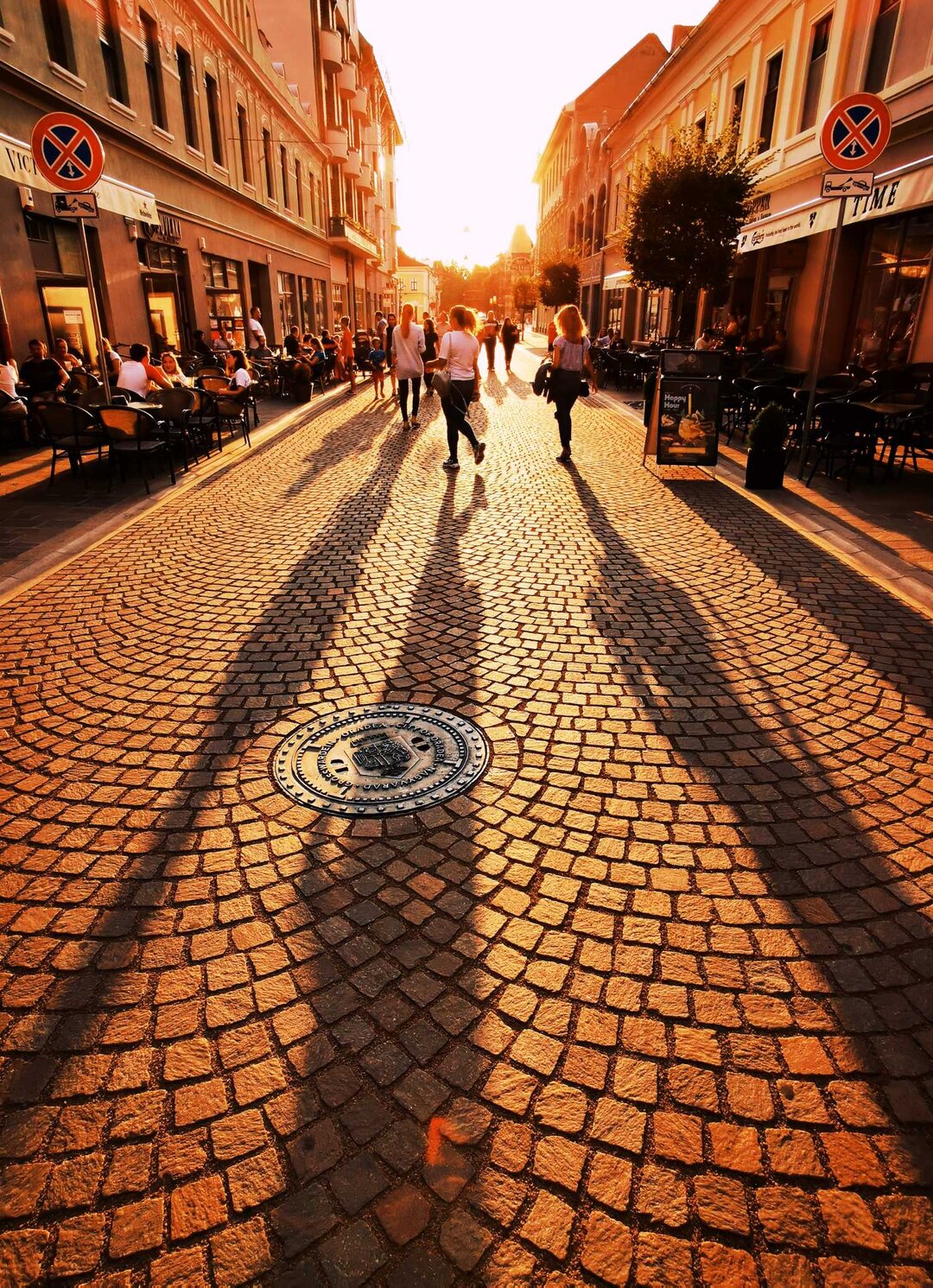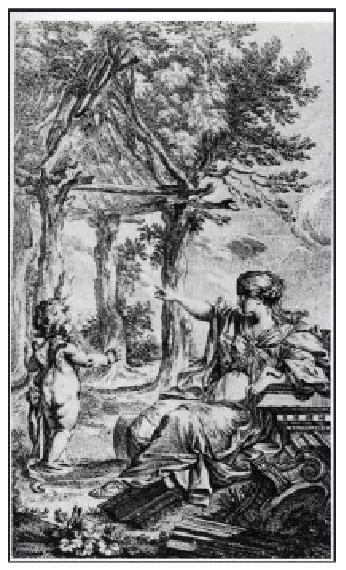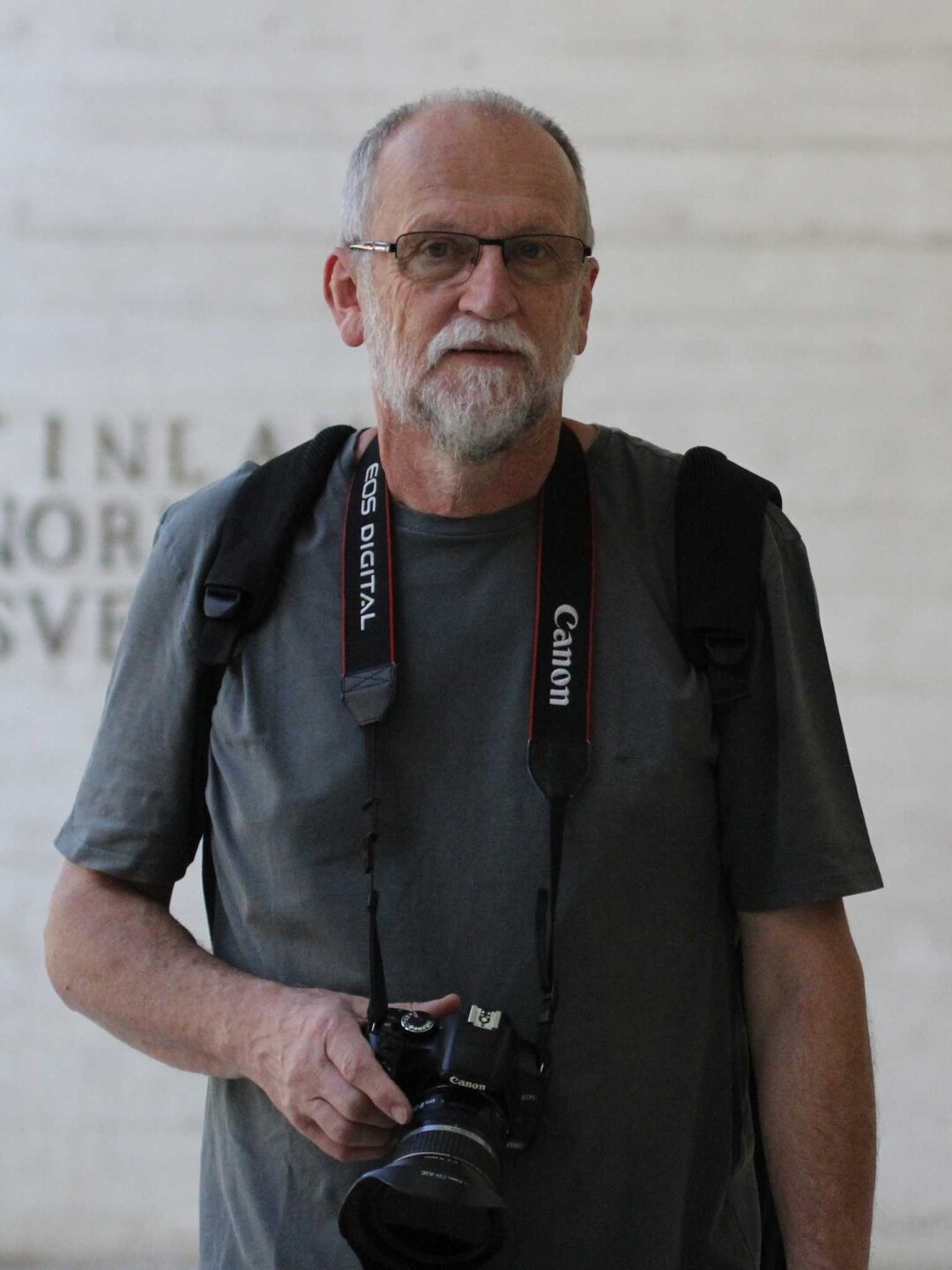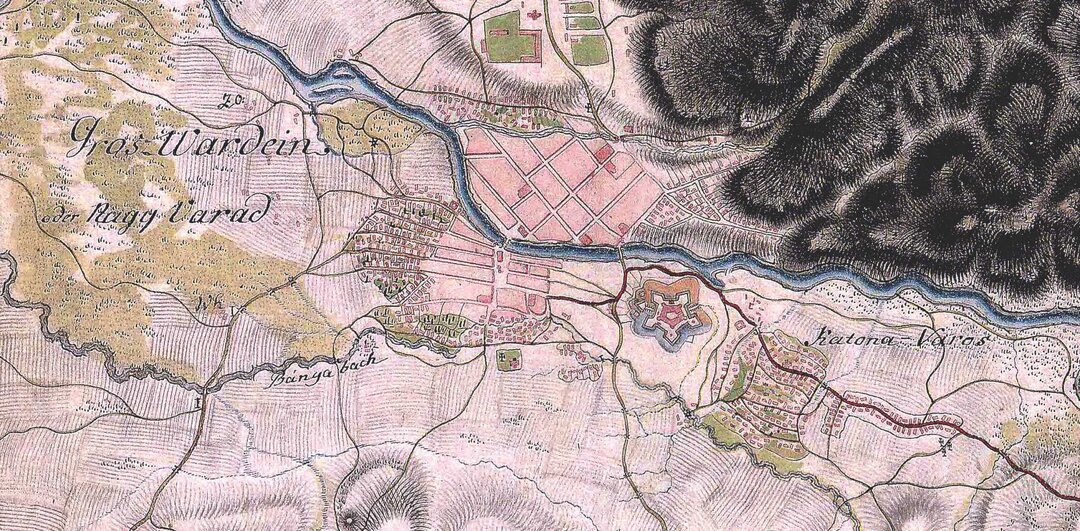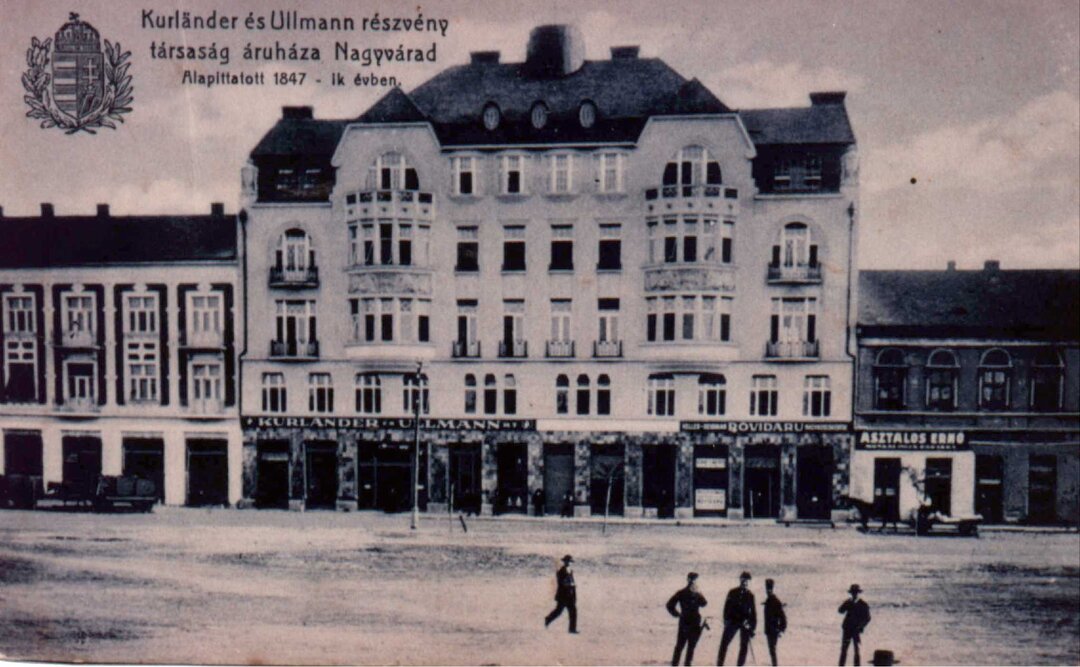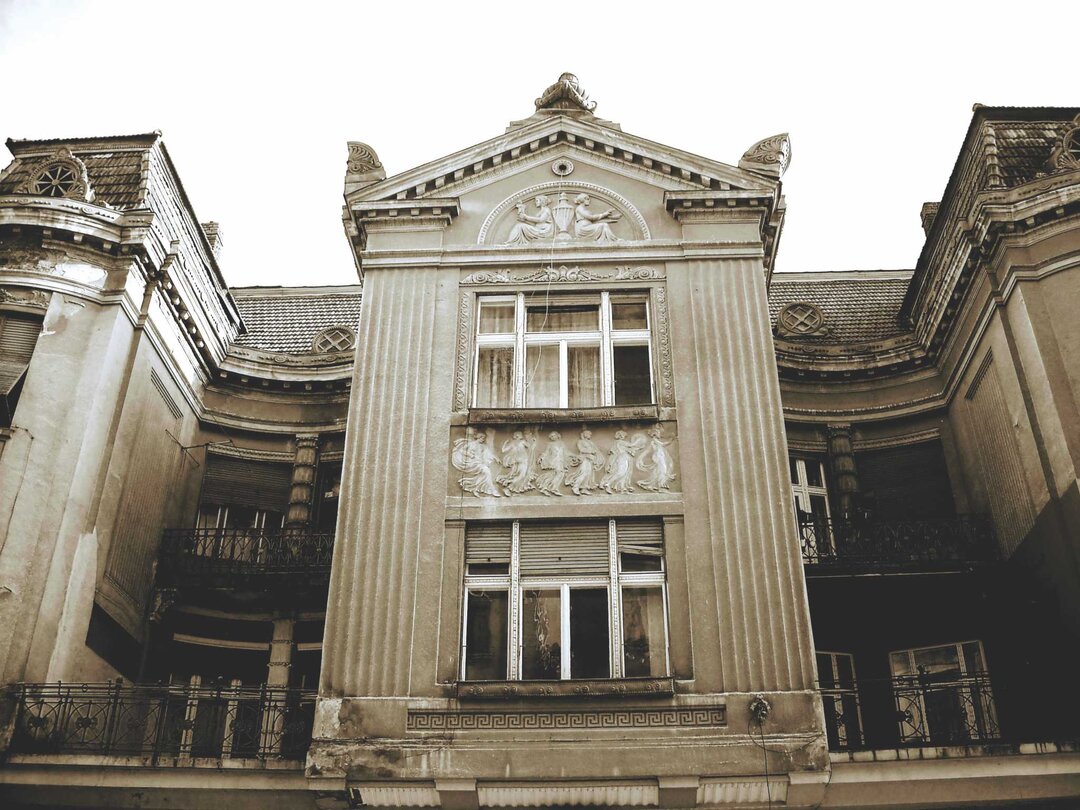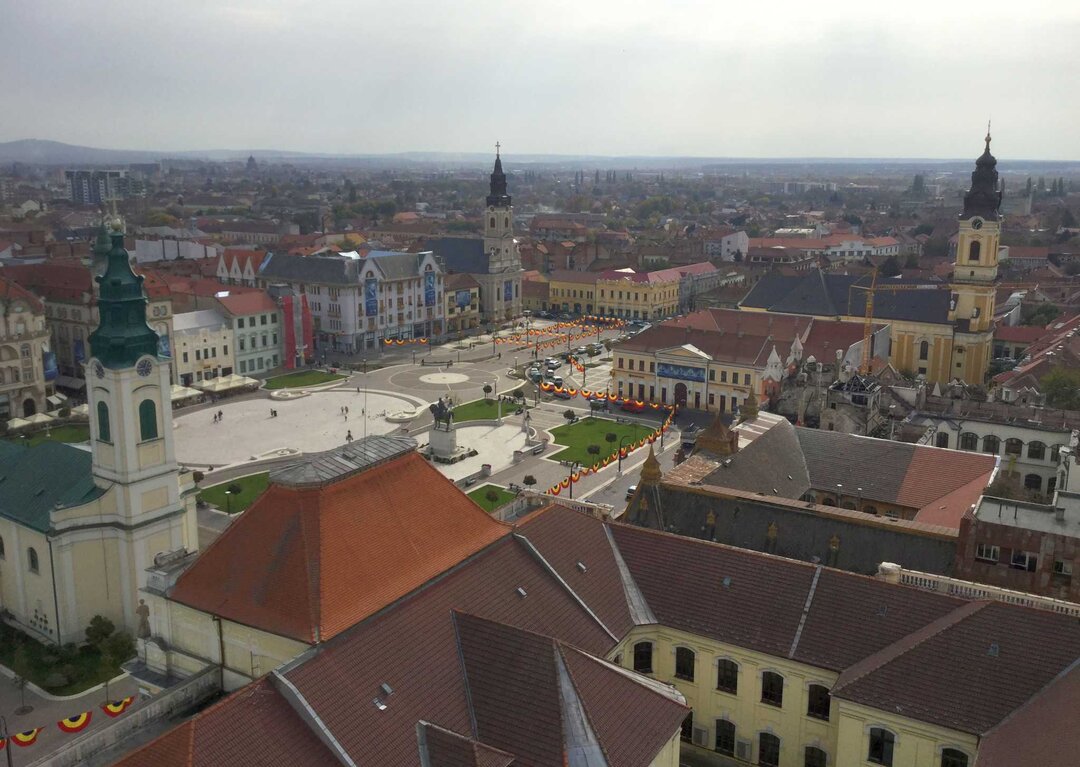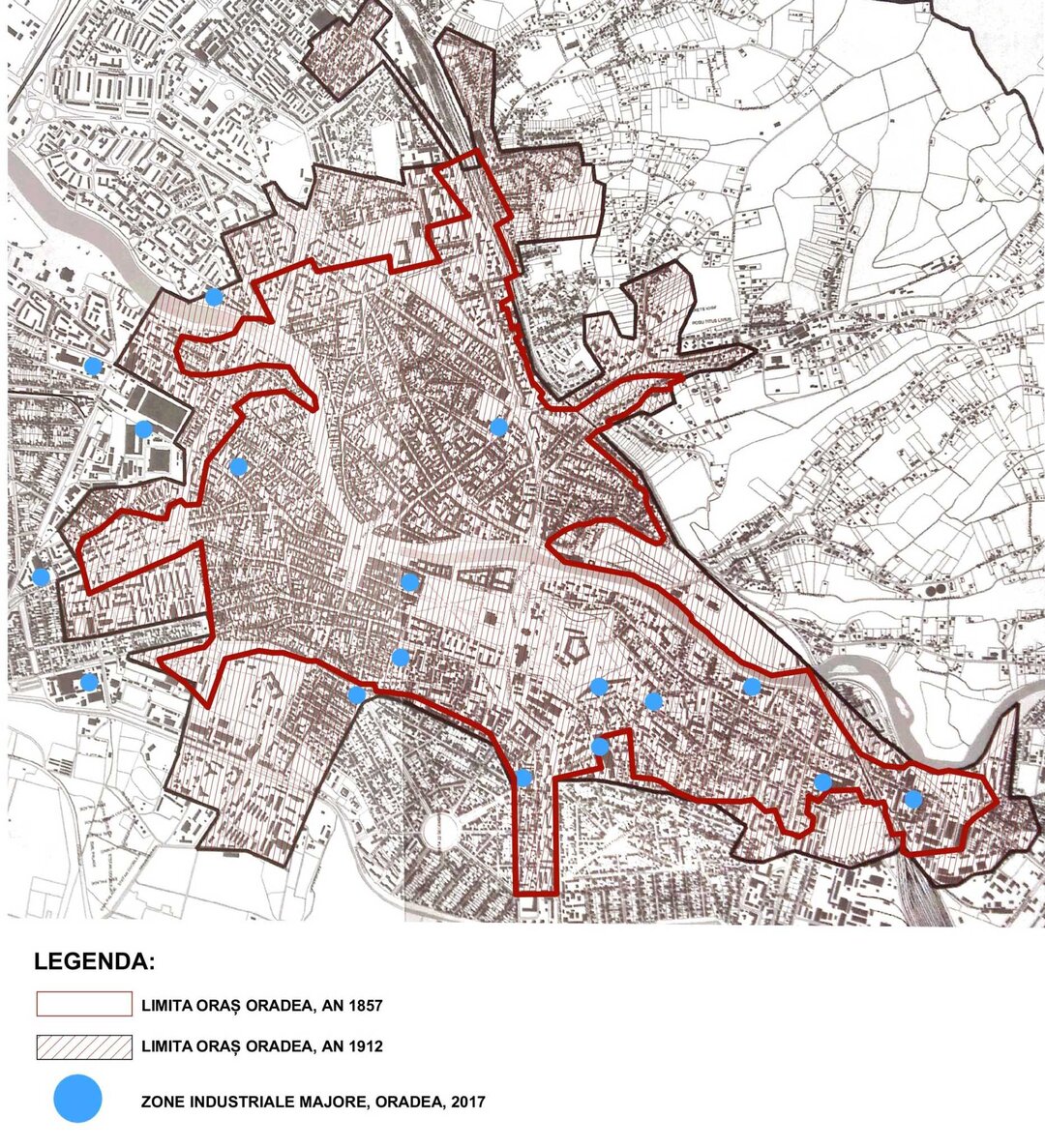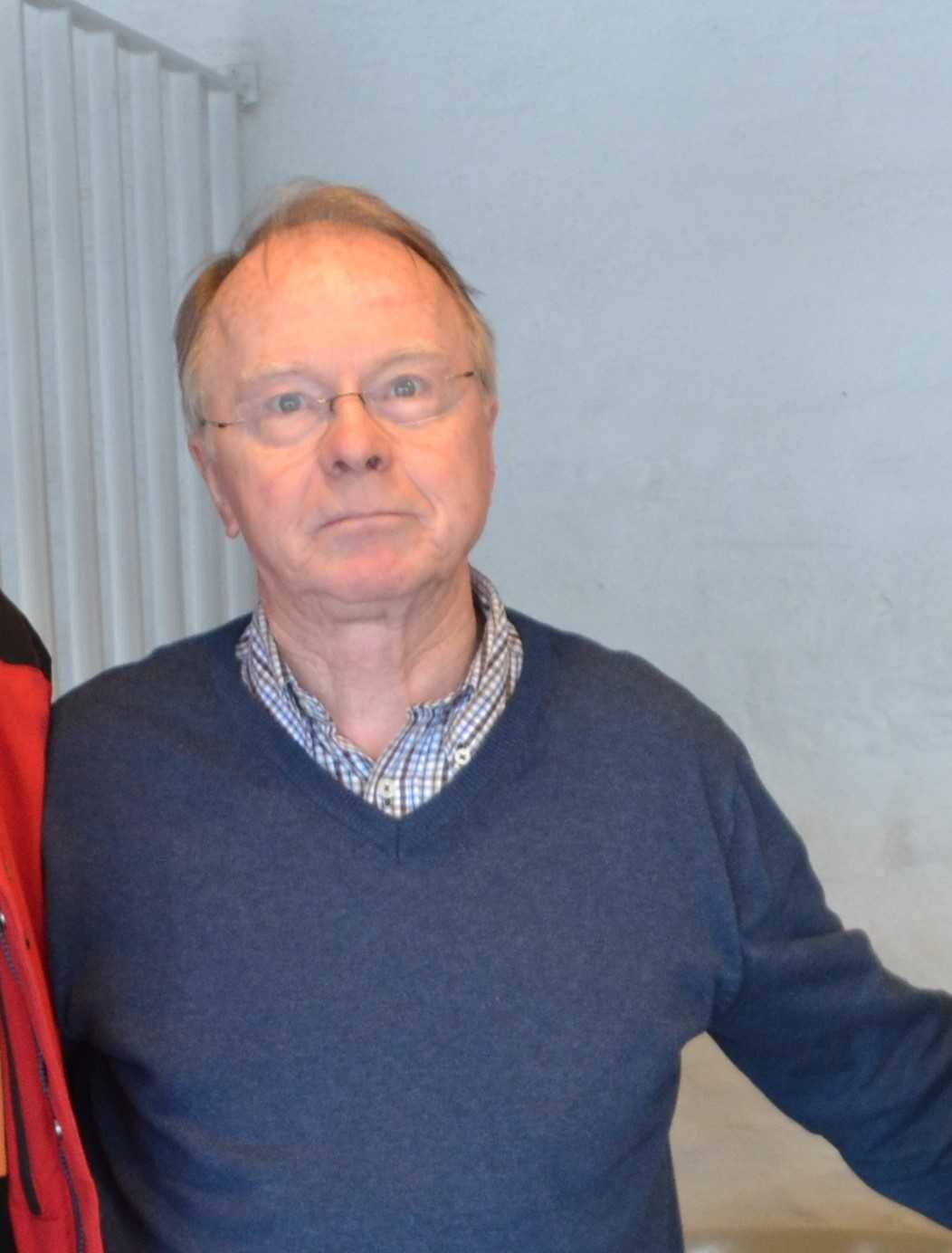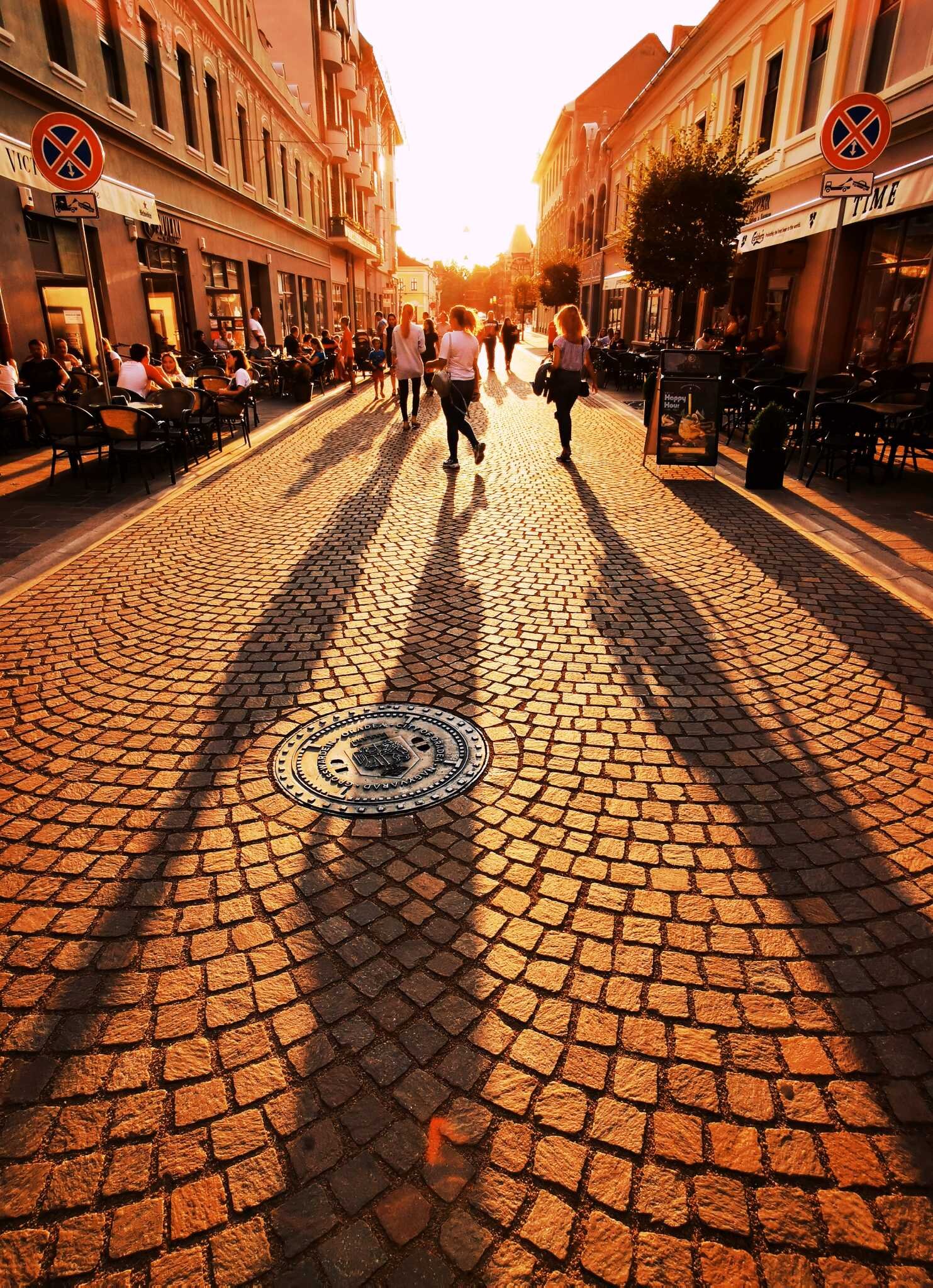
Un certain regard…
Invited as a member of the jury to the Bienala Nationala de Arhitectura 2018 for the section “Restaurare. Consolidare. Cladire restituite comunitatilor”, I had the opportunity to make a trip of 2300 km through Romania during three hectic days.
On the 21st of September we started our last judging day with the visit of the ‘Black Eagle’-gallery in Oradea. It was immediately clear to me that this former Austro-Hungarian town expressed a pan-European spirit, marked by many buildings which translated the styles of the Belle Epoque.
Unattended I had the opportunity to revisit Oradea one month later, invited by the Union of Architects to give my considerations concerning the Masterplan of Bruges, in the Sinagoga Neologa SION, as part of the proclamation.
I took profit of the few days of my stay to visit and revisit the appealing town centre which convinced me, back again, that Romania has a tremendous potential on the level of (historic) monuments and sites.

Visiting Oradea
My very first confrontation with Romanian heritage started already in the night of the 20th September, arriving late in the fortress. This gigantic complex impresses any visitor as a monumental relict of former confrontations at the European East-side.
As a matter of fact the Union of Architects did decide to reinvite me to the proclamation. Being back in Oradea almost one month later and back again sleeping in the fortress. Next morning, good-humoured and sprightly I crossed the Parcul 1 Decembrie to reach and visit first of all the synagogue in the Independentei-street. I found out that the building process started in 1877, based on the plans of David Busch, being the chief engineer of the city.
I vividly remember how impressed I was by overviewing this brilliant testimony of evaporated times. First of all the end-of-nineteenth-century period when many towns all over Europe had their own chief architects or engineers who marked until now their towns with representative public buildings, proving their eminent quality as highly educated civil servants. David Busch was undoubtedly one of the many decision makers in Oradea as the ingenious Delacenserie was, with the many new-gothic artefacts which he designed, for Bruges. I could not prevent myself of thinking about the chief architects of today and their impact on their city, if still existing…
Which brought me to many generations of Jews who experienced their religion in this impressive space, meeting each other within their spirituality, exchanging their insights and visions for a better future for all of them. How has it been possible that all over Europe, this eminent place of polyphony, the Jewish culture had been eradicated, if not totally liquidated due to a war which incited ‘das Eigene Volk’ to criminalize ‘strange people’ not belonging to ‘das Eigene’?
How could the Shoah happen in all these European towns where so many Jewish intellectuals, artists, architects gave form and shape to the towns where they felt at home? And didn’t we destroy our European culture by destroying the Jewish belonging to it?
And do we still dare to speak about a European Community stating that the exclusion of ‘the Other’ is back in town? ‘Das eigene Volk’ is now crying in all European countries for their exclusivity in the name of a new (aggressive) expression of their so-called identity.
Questioning myself about the lessons we learned about our European history I went back via the Black Eagle and the Vasile Alecsandri-street to the appointment with my colleagues in the Fortress.

As this magnificent central street has been pedestrianised, I had the peace to observe the many expressive facades as different colourful expressions of a kind of ‘joie de vivre’, belonging to the daily life and scenery of the proud town.
Being back in the fortress, I took the time to visit the impressive museum which demonstrates quite well all different layers in space and time in an eminent architectural way, proving me that (some) Romanian architects are growing up to an international level, as I already stated during the 2300 km tour through the country.
Where after a guided tour with some Romanian colleagues was planned at noon, revisiting the Alecsandri street, the Black Eagle and finishing in the Primaria. The town hall is of course one of these many expressions of the Belle Epoque but needs an urgent upgrading to our contemporary situation.
This upgrading should be the result of an open architectural competition, far from the classical lobbying with politicians, as probably happened with the rehabilitation of an inner court to a public office with a transparent roof in a kind of USSR-style, destroying the originally fancifully architecture.
My ultimate afternoon was reserved to visit the other side of the river, crossing the bridge to the Regina Maria theatre and continuing my way to the vivid Republicii street, full of people. Although this part of the city centre seems to be very attractive with many shops, different splendid historic buildings are in a derelict situation. Without a performing restoration and rehabilitation program, sustained by the political responsibles, several of these witnesses of the former Habsburg period will be condemned to disappear. As all over Europe so-called investors are lobbying day and night to present their new building programs to decision takers, who are not always concerned about the essential values of the res publica, but only sustain the interest and the profit of the egoistic investor.
Conclusion
Oradea is a marvellous town, full of challenges to the future. I can only hope that the political responsibles are conscient about this and possess the courage and the vision to go for a masterplan for the entire historic city recreating an attractive centre for its citizens and its visitors.
It will be nevertheless important that representative groups of citizens put a permanent pressure on the political power to control this delicate development process for the future of all citizens.
I believe that one of the essential roles of the Union of Architects should be to nourish these action groups up to the highest quality, being a result of real democracy.

